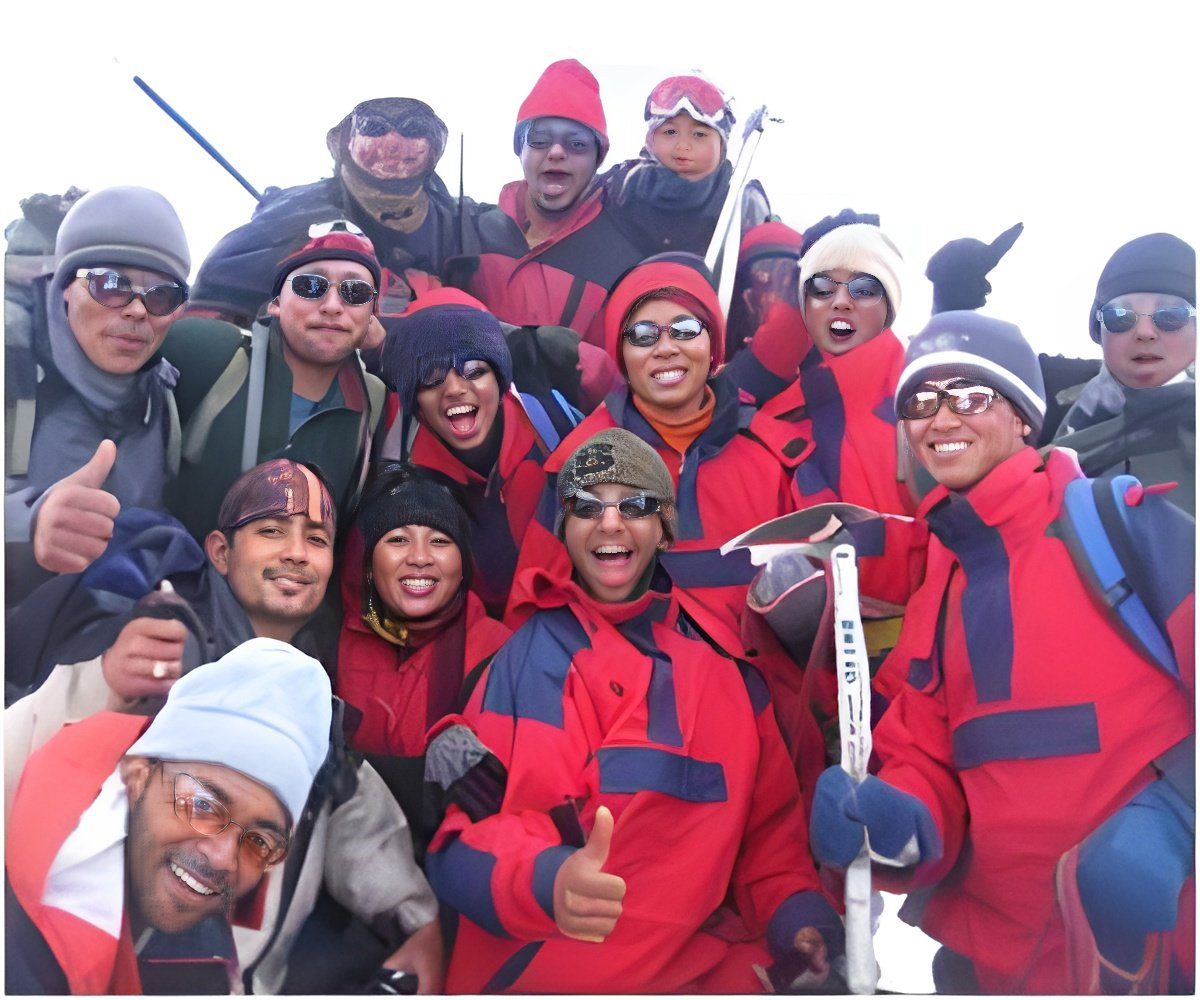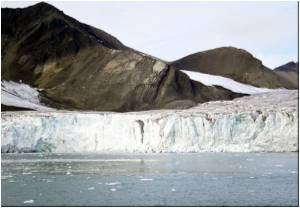
In 2015, Japan's Nobokazu Kuriki is the only climber planning an attempt on the summit, although a six-person support team is expected to accompany him to Camp 2, about 6,400 meters high and usually around two days of trekking beyond the base camp. Many in the mountaineering community question the wisdom of asking the elite climbers to brave aftershocks and avalanches for the sake of just a single summit hopeful.
Ang Dorjee Sherpa, president of the Sagarmatha Pollution Control Committee (SPCC), which manages the peak, said, "There was no option but to send the route-setters up once the government issues a permit for the mountain. It is our job to set the route, regardless of the number of climbers. Tourism as a whole has suffered a downfall, at least if there is an Everest summit this year, it will help send out a positive message. The ice doctors know the mountain the best, they are highly experienced. They are the backbone of mountaineering on Everest, all other climbs depend on the initial risk they take. Our job is more difficult this year, the mountain has changed (after the quake). There is always a risk up here but we are a little more scared this year."
US veteran mountaineer and Everest expert Alan Arnette said, "Days get shorter and colder as winter approaches, making summits less likely. Spring Everest expeditions have a 66% success (rate) compared to 29% in the autumn."
Nevertheless, Japanese climber Kuriki said, "I am determined to climb in the autumn and hope to summit in mid-September." Kuriki's last attempt on Everest in autumn 2012 ended when he needed to be rescued from Camp 2, and he eventually lost nine fingers to frostbite. As he ascends, the ice doctors will continue to monitor the route, watching the clock anxiously until his return. Sherpa said, "I have done this for so many years, but this year feels different somehow. We hope that nothing will happen."
Source-AFP








